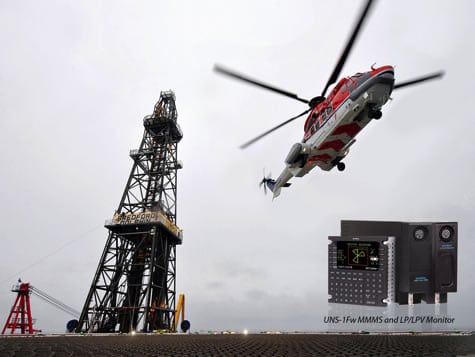
The Airbus Helicopters H225 crash in April 2016 was a topic at EASA’s 10th Rotorcraft Symposium.
EASA has launched a new stakeholders committee to advise on the evolution of rotorcraft regulations in an era of greater collaboration among the world’s aviation authorities and a greater focus by them on risk-based oversight.
The head of EASA’s rotorcraft department, Massimo Mazzoletti, said in the authority’s latest “On Air” newsletter editorial that the Rotorcraft Sectorial Committee met for the first time Jan. 24 to 25 to begin helping EASA address its safety risk management process while exploring regulatory evolution in general.
EASA will benefit from the work of the committee, made up of “25 high-level representatives from the European rotorcraft community,” as it takes on the challenges by “the development of the rotorcraft sector in regions of the world such as Asia and the cooperation activities undertaken” by the agency, Mazzoletti writes.
The committee’s launch followed EASA’s 10th Rotorcraft Symposium, the presentations of which last December included topics like bird strikes, drones and the FAA’s Safety Continuum draft policy, as well as last April’s Airbus Helicopters Super Puma crash in Norway.
Bell Helicopter gave a presentation during the symposium summarizing its bird strike resistance efforts, aligned with EASA’s own progress report on a joint aviation rulemaking advisory committee (ARAC) working group on bird strike resistance. Bell is exploring bird-strike simulation technologies, which would eliminate the need for real bird-strike tests.
EASA suggested new polymers that could be used when manufacturing windshields as a potential solution. Airbags, crashworthiness, icing conditions and the cooperation between EASA and CleanSky were discussed at the symposium.
“The cooperation between EASA, the industry, manufacturers and operators is the key to success for a safer helicopter environment,” Mazzoletti writes.